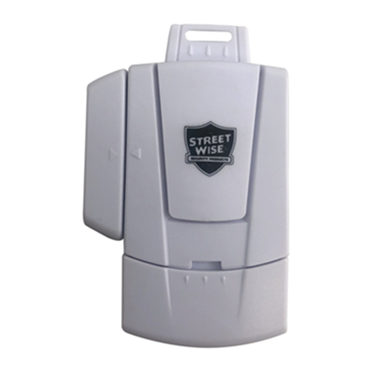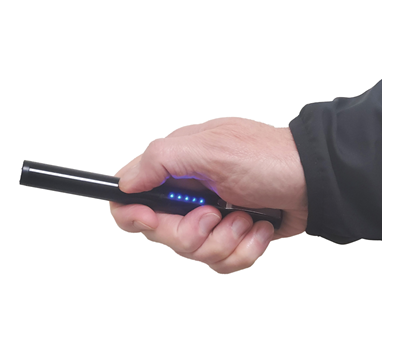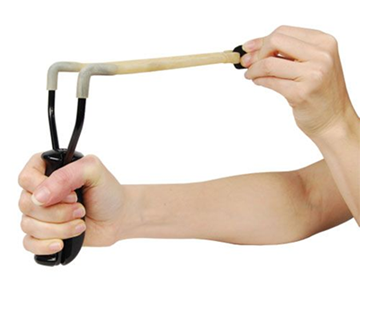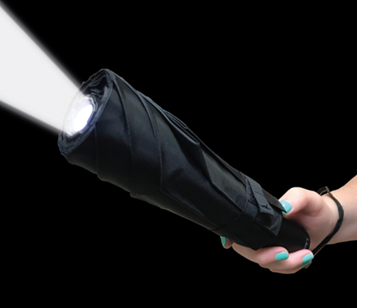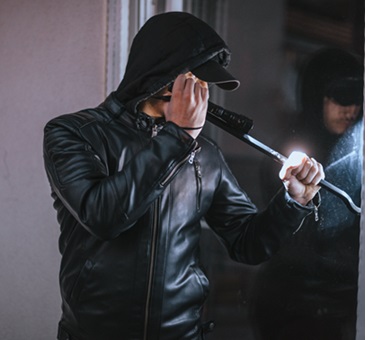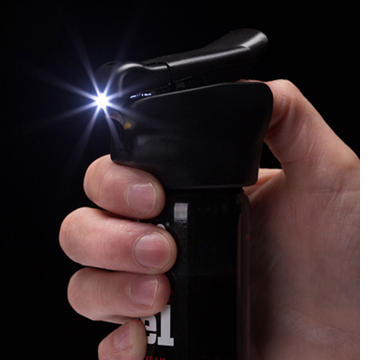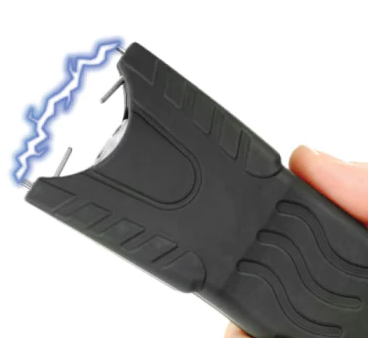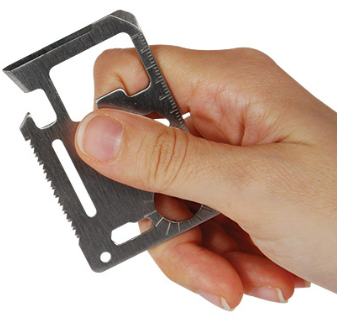The Best Way to Use a Stun Gun Against an Attacker
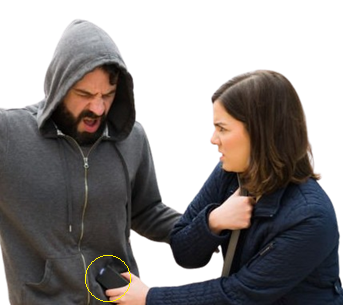 Stun guns are powerful self-defense tools that require proper knowledge and practice to use effectively. In this comprehensive guide, we'll delve into the best practices for using a stun gun, ensuring you can defend yourself safely and effectively.
Stun guns are powerful self-defense tools that require proper knowledge and practice to use effectively. In this comprehensive guide, we'll delve into the best practices for using a stun gun, ensuring you can defend yourself safely and effectively.
Understanding How a Stun Gun Works
A stun gun uses high voltage but low amperage electrical shocks to disrupt the normal functioning of an attacker's nervous system. This temporary incapacitation is achieved by targeting large muscle groups, causing the muscles to work rapidly and become inefficient, allowing you time to escape.
Targeting the Attacker
The most effective areas to target with a stun gun are large muscle groups, specifically between the neck and waist area. This range includes the shoulders, back, and chest. Targeting these areas increases the likelihood of incapacitating the attacker, as it's harder for them to push the stun gun away compared to if you targeted their arms or legs.
Duration of Application
Contrary to popular belief, stun guns don't instantly incapacitate attackers with a single, brief touch. You will usually need to apply the stun gun for at least three to five seconds to effectively bring down an attacker. If the attacker continues to pose a threat, you may need to apply the stun gun for longer.
Stun guns can work through clothing, but their effectiveness can vary depending on several factors:
-
Thickness and Type of Clothing: The effectiveness of a stun gun is influenced by the thickness and type of clothing the assailant is wearing. Thin or tight clothing typically allows the electrical charge to pass through more easily, whereas thick or loose clothing can diminish the stun gun's effectiveness.
-
Voltage of the Stun Gun: Higher voltage stun guns are generally more effective through clothing. They have a better chance of delivering the necessary charge to incapacitate an attacker, even through layers of clothing.
-
Contact Duration: For a stun gun to be effective through clothing, it may need to be applied for a longer duration compared to direct skin contact. This sustained contact helps ensure that enough electrical charge passes through the clothing to affect the muscles and nervous system of the attacker.
-
Area of Application: Targeting areas of the body where clothing is less thick, such as the neck or underarms, may increase the stun gun's effectiveness.
It's important to note that while stun guns can be effective through clothing, they are not foolproof and should be used with an understanding of their limitations. Practicing and familiarizing yourself with your specific stun gun's capabilities and limitations is key to using it effectively in a self-defense situation.
Safety and Preparedness
Before heading out with your stun gun, ensure that its batteries are fully charged and working. Familiarize yourself with the stun gun's operation, including how much pressure is needed to activate it. Regularly practice drawing and handling the stun gun, especially if you plan to carry it in a purse or pocket. Quick and easy access in an emergency is crucial.
Legal and Ethical Considerations
Remember, a stun gun is a serious self-defense weapon, not a tool for intimidation or misuse. It should only be used in situations where you are in immediate danger. Awareness of your surroundings is key to avoiding potential threats and knowing when to use your stun gun effectively.
Continuous Learning and Practice
Regularly review and practice the correct usage of your stun gun. This includes understanding its features, effective aiming techniques, and the physical handling of the device. The more comfortable and familiar you are with your stun gun, the more effectively you can use it in a dangerous situation.
Conclusion
Stun guns can provide a significant advantage in self-defense situations, but they require knowledge, practice, and responsibility. By understanding how they work, practicing their use, and being aware of legal and ethical considerations, you can make the most out of this powerful tool while ensuring your safety and the safety of others.
Other reference info:
- See the blog post about what types of stun guns are available.
- See stun gun regulations by state.
- See the cost of stun guns.

